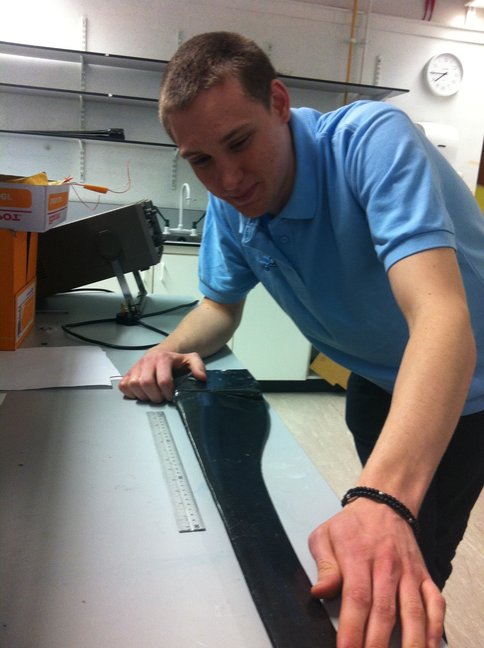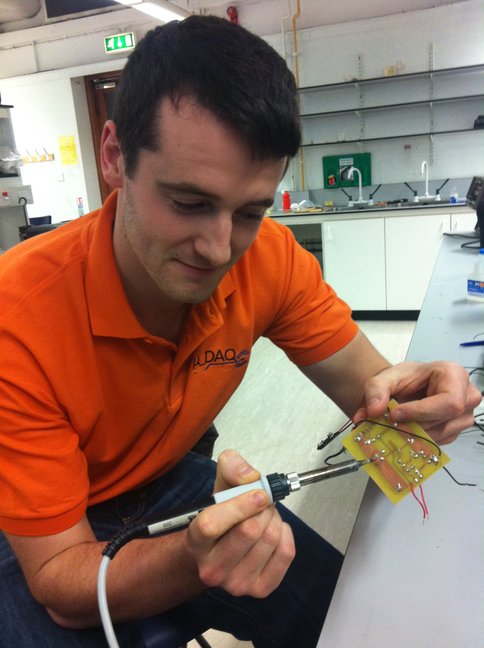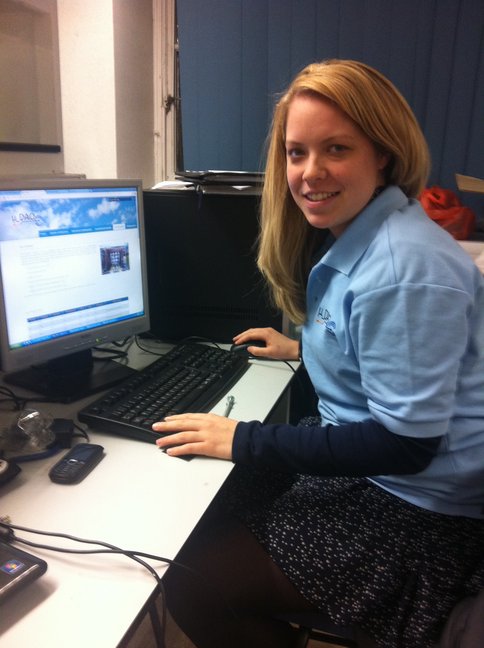

µ_DAQ comprises a team of Electrical and Mechanical Engineering (EME) Masters students from the University of Strathclyde in Glasgow. The diverse skillset within the team it utilised throughout the project by employing the different members respective strengths in their own particular field of expertise.

Euan Kellock – Group Leader, Embedded software & Comms

Responsible for embedded software and communications, Euan developed the DAQ module and implemented associated comms functionality whilst successfully managing the project from start to finish. Upholding relationships with key stakeholders both internal and external to the university, Euan guided the team through technical and organisational challenges to project completion.

Jamie Scott – Data Analysis

Responsible for Data Analysis, Jamie was tasked with development of data logging software for use in with the developed DAQ system. Jamie was also responsible for analysing this data and obtaining relevant graphical outputs.

Douglas Rattray – Instrumentation & Calibration

Douglas’ role involved the speccing and sourcing of measurement transducers for use with the developed DAQ system. Further to this role, Douglas designed and constructed associated circuitry for use throughout testing.

Zoe Richmond – Web Development

Zoe’s role involved the design and development of a professional promotional website. Her responsibilities extended to database comms in populating the website with sophisticated live data feed functionality, allowing for online users to engage with the project.

In order to promote interest in the project and generate brand identity, the µ_DAQ brand and logo was developed. This was complemented with a targeted marketing strategy that involved development and placement of posters advertising the µ_DAQ logo. These were subtly communicated the context of renewable technologies, but left viewers will relatively little tangible information as to the nature of the brand. They effectively developed brand awareness and identity.




Social networks including Facebook and Twitter were employed to further develop the brand image and to communicate project information. A comprehensive website was developed to allow users to gain information about the project and to view a live data stream, thus demonstrating the use of the developed system as an academic tool. QR codes were developed to point users to the website, and these were placed in strategic locations so as to promote direct interaction with µ_DAQ.



